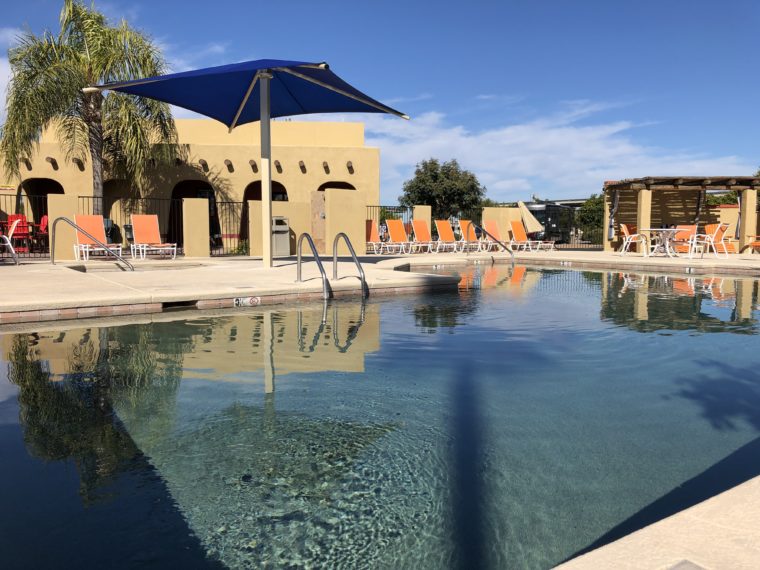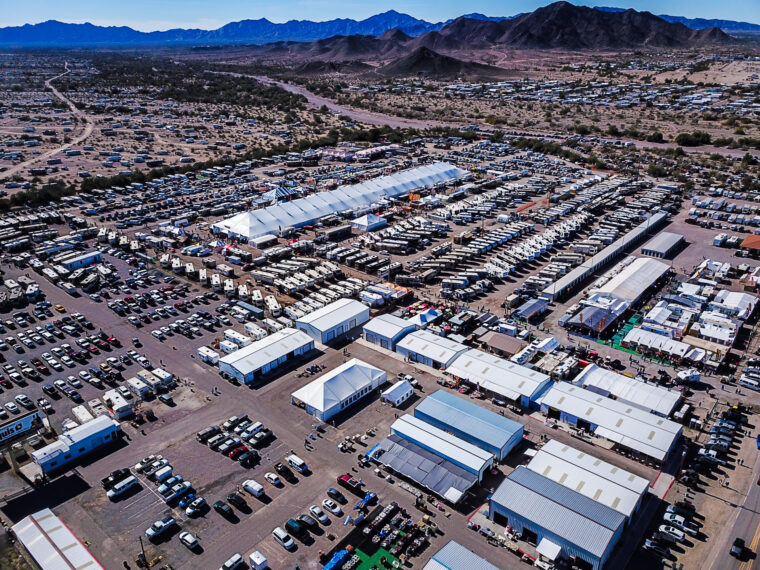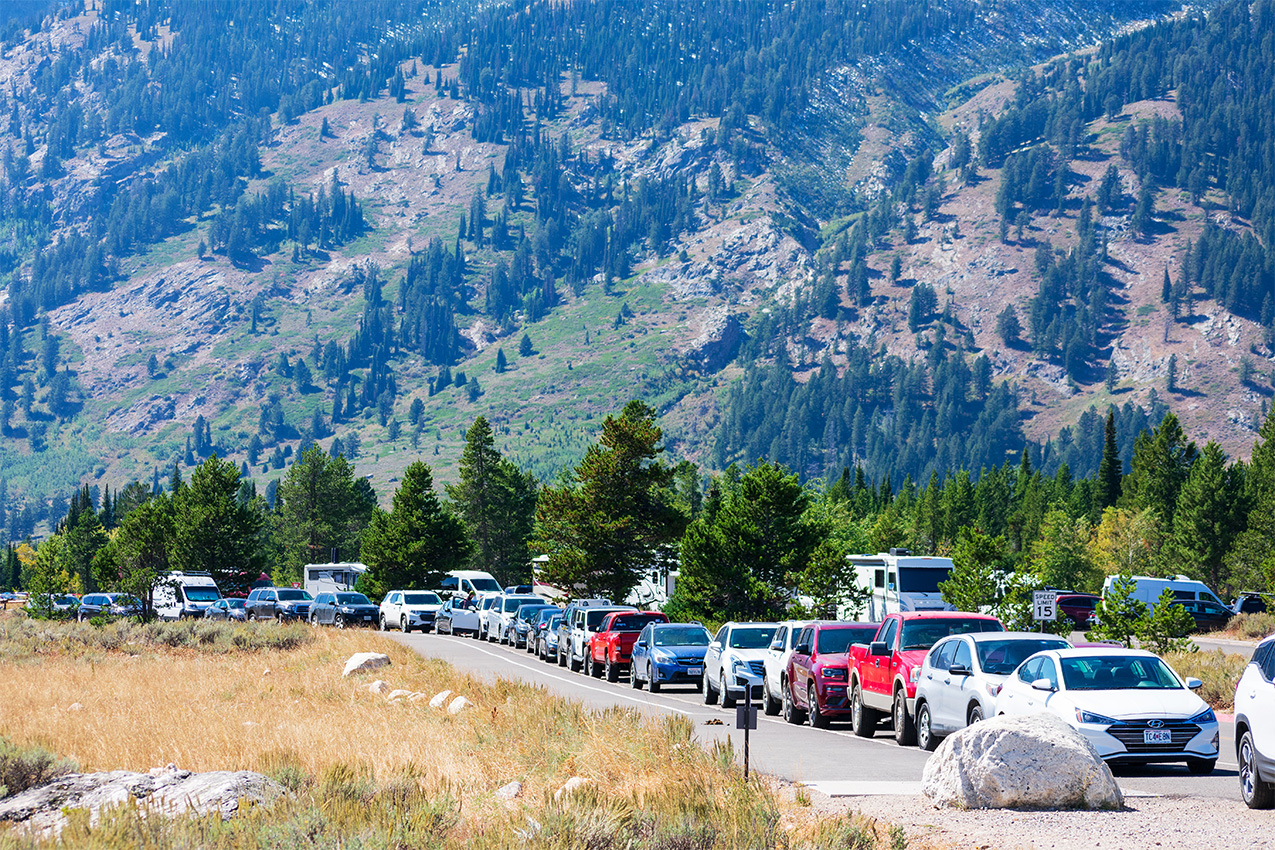
Photo by: Michael Vi / Shutterstock.com
Many of these measures were justified by the turnout seen this summer. “It definitely validated how we were feeling about what’s happening here and all of our field going groups going, ‘Whoa, it feels crazy out there,’” says Reid Armstrong, the Public Affairs Specialist for Arapaho and Roosevelt National Forests as her team received new 2021 visitation numbers. “I mean, we’ve been talking about 4.5 or 5 million visitors for years.” The stats shared with the Arapaho and Roosevelt National Forests showed a record-shattering 7.4 million visitors in 2021.
As Colorado grows, so does the number of visitors to the state’s national forests. The area surrounds the popular Rocky Mountain National Park, causing some overflow with those seeking camping areas and other amenities as they enjoy everything the mountains have to offer.
Additional challenges for park leaders include 2020 wildfires that burned 300,000 acres, a significant portion of the national forests, leaving even fewer recreational options for visitors.
Despite all these challenges, the Arapaho and Roosevelt forests are far from unique as many who protect our outdoor spaces felt the pressure this summer. New measures were put in place this year, including more reservation requirements, occasional closures to protect land and watersheds, parking measures, and additional fire restrictions due to the ever-growing wildfire concerns in the west.

Pawnee Campground | Ward, CO – Photo by: janel
Initially, many expected a backlash from these new standards, but Armstrong says overall feedback shown through Recreation.gov has been overwhelmingly positive.
“Both Brainard Lake and Mount Evans had timed reservation systems this year, and for both of them we have approximately 1,000 comments and almost five stars,” says Armstrong. “You read those comments, and it’s like, ‘I really appreciated it. It made it super easy to park and the system was easy to buy tickets. It was easy to get through the gate, there was no waiting in lines.’ Overall many were able to experience these places with less crowds.”
Armstrong says they’re still receiving additional data and information about the busy season and it may take some time before they know if more changes are coming. However, initial analysis shows most visitors were compliant with camping restrictions and overall the summer was a success, so they expect to keep many of the measures created in recent months.
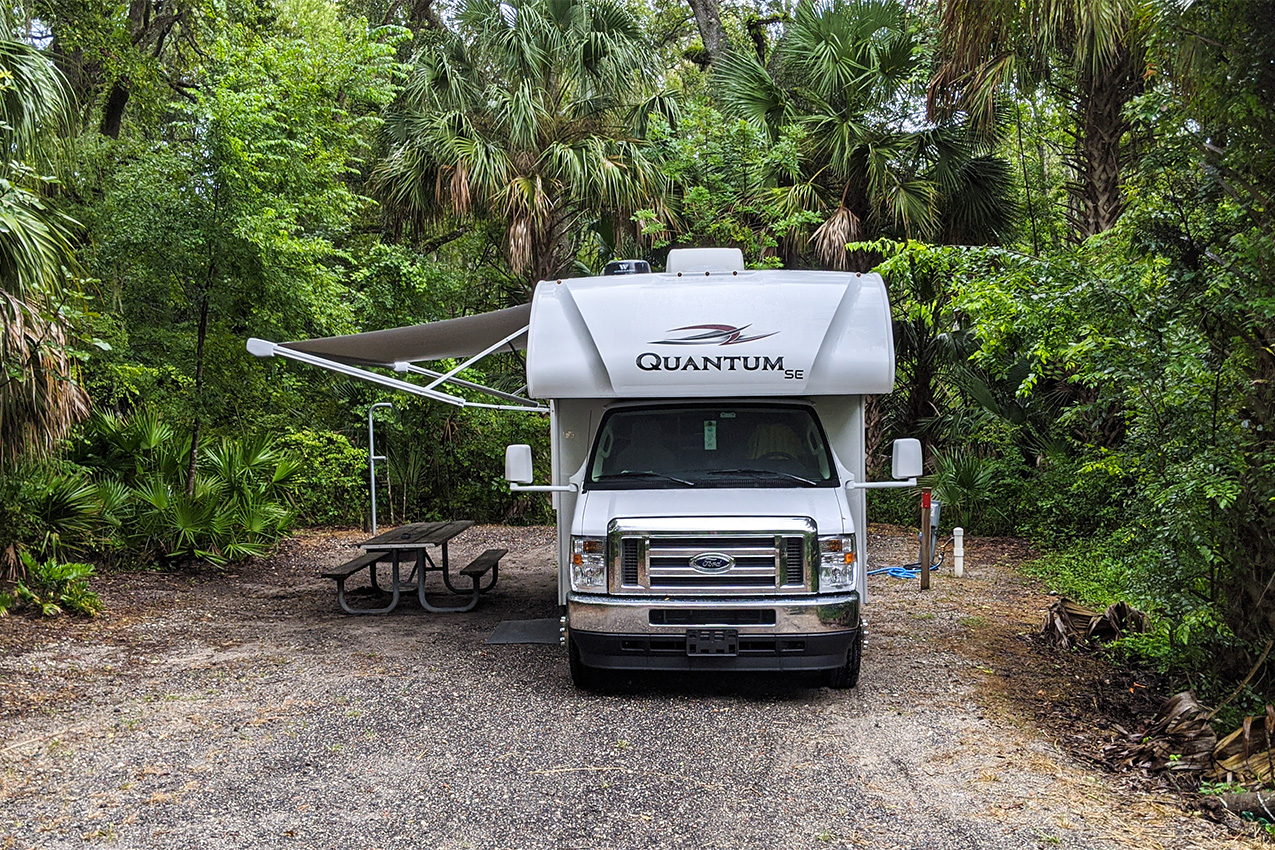
Lake Griffin State Park | Fruitland Park, FL – Photo by: Now Dat’s RVing!
Similar events are playing out in other parts of the U.S., including Florida and California, which also saw staggering visitor numbers.
“While our official records are not yet finalized, Florida State Parks welcomed more than 20 million visitors during fiscal year 2020-21,” says Alexandra Kuchta, a press secretary for the Florida Department of Environmental Protection. “This clearly reflects that people from around Florida, the nation, and the world love to get outside and experience the real Florida.”
While all Florida state parks are now fully operational, officials took advantage of pandemic closures to perform prescribed burns, construction repairs, and add new amenities for visitors.
Those in places like Florida and Southern California aren’t taking a deep breath with the end of summer—some of their busiest weeks take place in the wintertime as campers seek out warmer weather.
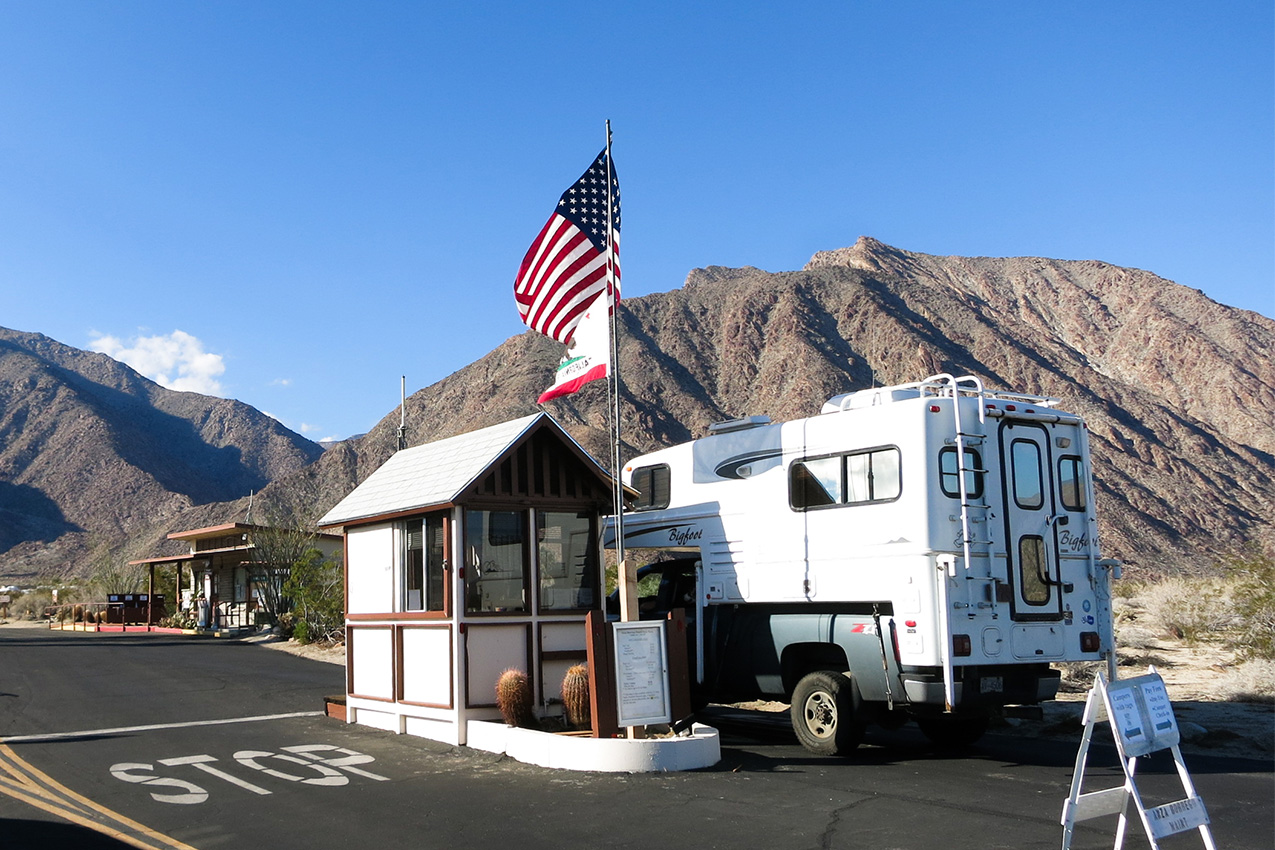
Borrego Palm Canyon Campground | Borrego Springs, CA
“Handling the pandemic and the large crowds this year meant a lot of changes for parks, and a lesson learned for us was figuring out how to get our messages out,” says Ray Lennox, the District Superintendent for the Colorado Desert District of California State Parks. The area covers many of the more arid climates east of San Diego. “There was a lot of information, but here in the desert, we had many visitors that weren’t really acclimated coming from the coast. You need to be prepared.”
The mantra of asking guests to “know before they go” and to do their homework is being repeated by recreation officials from coast to coast. These small steps keep visitors safe and allow officials to do their jobs, which now includes responding to an ever-changing environment.
Even small changes received attention as officials in Arapaho and Roosevelt National Forests saw a spike in visitors during the weekdays.
“We don’t know if that’s happening because there’s a reservation system or if it’s because people are working from home now and they can get to those places more quickly in the middle of the week,” says Armstrong.



